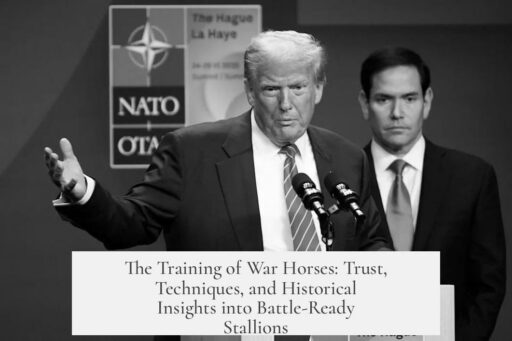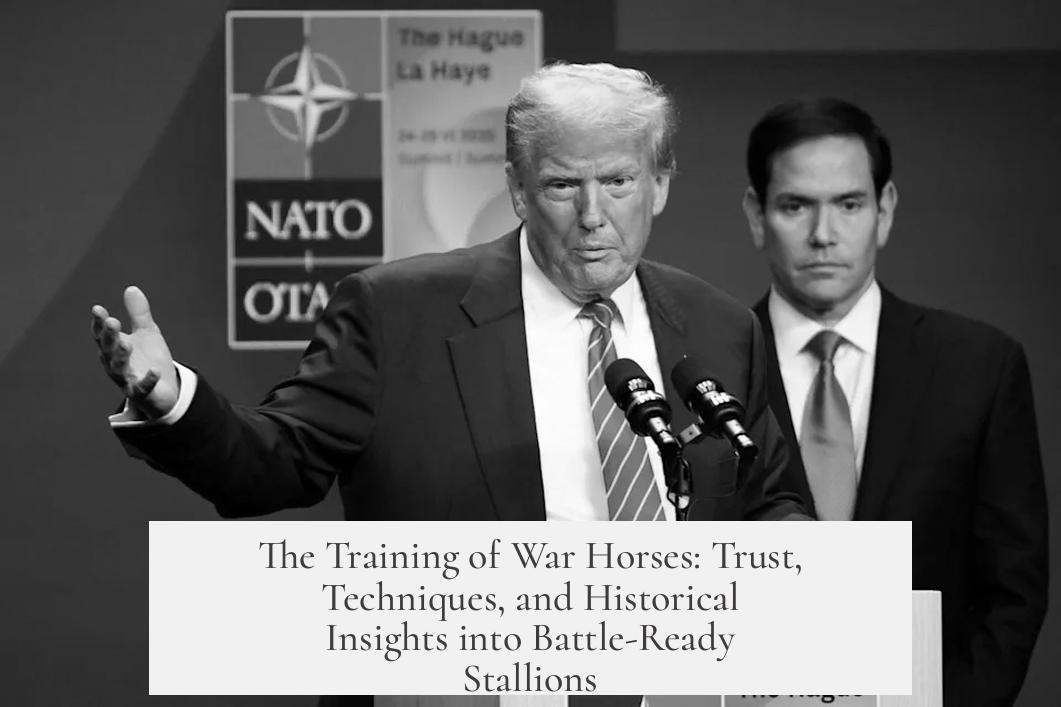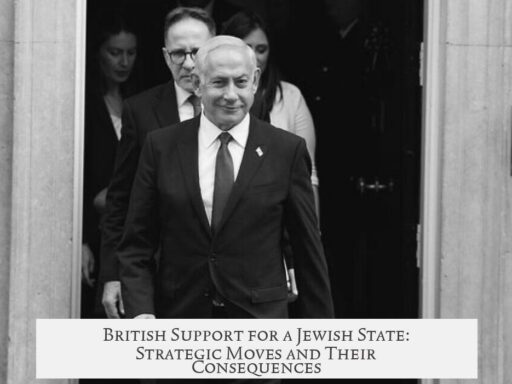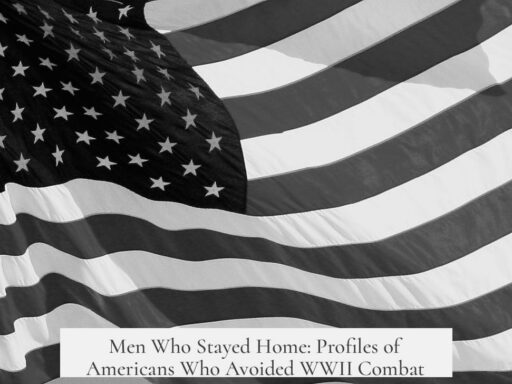War horses undergo a rigorous training process focused on trust, desensitization, and maneuverability to prepare them for combat conditions. This multifaceted training begins with building a solid bond between the horse and handler. Without trust, a horse may become unreliable during battle. Training progresses through gradual exposure to battlefield stimuli, controlled physical conditioning, and specific combat skills development.
Trust forms the foundation of war horse training. Handlers communicate closely with horses, becoming a source of comfort and guidance. Horses perceive handlers as part of their herd, which fosters cooperation. This relationship allows horses to respond reliably under stress, even when instincts might urge flight.
Desensitization targets the horse’s response to loud noises, unpredictable movements, and strange objects. Training often starts with familiar handlers holding the horse steady while loud drums or banging pots occur nearby. Horses watch mock sword fights with voices raised, gradually adapting to these unusual sights and sounds. Over time, the noise volume and chaos increase. Swordfighters move in groups; metallic clanging imitates weapon use. Horses learn to remain calm amidst visual and auditory stressors.
In historic and modern contexts, trainers use careful, progressive exposure methods. For example, in World War I, horses ate while cannons fired at a distance. This technique links loud noises to positive experiences. Horses even come to expect food when hearing gunfire, reducing fear on the battlefield. Similarly, American cavalry used “Thunder Runs” where horses trained during thunderstorms to become accustomed to thunderous sounds like cannon fire.
Physical conditioning and maneuverability are critical. War horses must move flexibly and respond promptly to light pressure from reins and legs. Modern dressage evolved from cavalry training, emphasizing gradual muscle development and balance. Horses are taught to move away from pressure gently, improving their responsiveness without stress. This precision aids complex battlefield movements such as quick turns, charges, and controlled retreats.
Training also includes working with “trainer animals” or older horses. Young horses learn by observation. Seeing adult horses remain calm and perform tasks helps accelerate learning. Young horses may start with empty saddles or be led alongside experienced mounts. This peer learning reduces stress and builds confidence.
Historical practices sometimes involved “breaking” horses by force to achieve compliance. This often led to fear and shutdown, resulting in less reliable mounts. Contemporary methods favor gradual, confidence-building stages lasting several weeks. Trainers only advance once the horse is relaxed and willing. This humane approach produces better long-term results.
Desensitization encompasses exposure to armor and weaponry too. Horses might encounter chainmail shirts waved on sticks or, in some Asian cavalry traditions, learn to ignore elephants and camels near them. They are conditioned to tolerate the weight of armored riders and remain steady when nearby weapons clash.
Specific war horse skills included trampling fallen enemies. Medieval knights trained horses to advance confidently over obstacles and bodies. Some horses were trained to lie down or “play dead” to avoid detection, reflecting tactics used by Plains Indians who taught horses to lay flat in the prairie.
During the 20th century, German cavalry training involved riding young horses for extended periods, gradually introducing dressage-style riding. The greatest challenge was acclimating horses to battle chaos. Instructors fired carbines into the air, quickly habituating the horses to gunshots—sometimes faster than the riders themselves became accustomed.
Breeding contributed to war horse suitability. Breeds were categorized as “hot” (sensitive and fast, like Arabians) or “cold” (strong and steady, like draft horses). Warmbloods, a mix of both, offered balanced traits of endurance and calmness. Temperament mattered greatly. Steadier breeds like Quarter Horses and drafts often suited war roles better than highly sensitive racing breeds.
Historical and experimental resources enrich understanding of war horse training. The oldest known manual dates to the 14th century BCE from the Hittites. Greek treatises on horsemanship also serve as classics. Modern videos recreate medieval training, underscoring the continuity of principles such as desensitization and controlled pressure.
| Training Aspect | Key Techniques | Purpose |
|---|---|---|
| Trust Building | Consistent handler contact, herd integration | Ensures cooperation and reliability |
| Desensitization | Gradual exposure to noise, weapons, chaos | Reduces fear in battle conditions |
| Maneuverability | Dressage movements, pressure response | Improves battlefield agility |
| Specific War Skills | Trampling, lying down, armored riding | Prepares horses for combat actions |
| Breeding & Temperament | Warmblood selection, steady breeds favored | Optimizes physical and mental traits |
- War horse training centers on trust, making horses reliable under stress.
- Desensitization to noise and combat stimuli reduces battlefield fear.
- Maneuverability is developed through dressage-derived physical conditioning.
- Training involves gradual steps, from sound exposure to riding through simulated battles.
- Specific combat skills include trampling enemies and tolerance of armor and weapons.
- Breeding selects for temperament and strength suitable for war.
How Were War Horses Trained? A Deep Dive into the Art, Science, & History Behind Battle-Ready Stallions
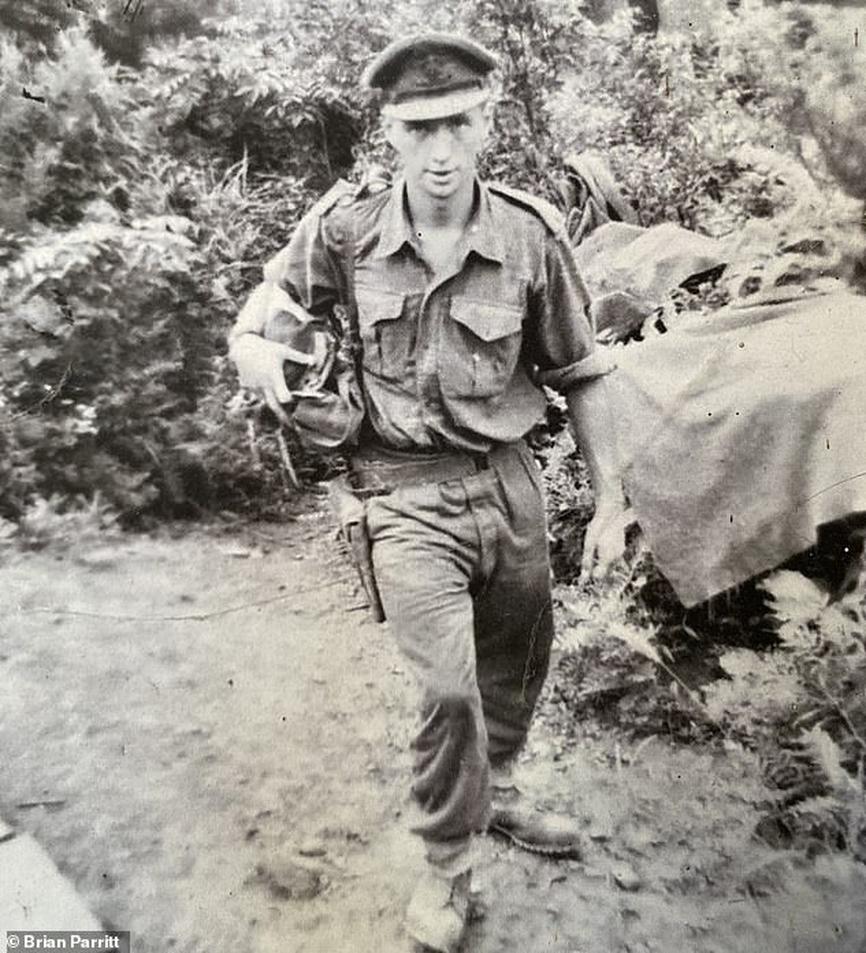
War horses were trained through a step-by-step process that emphasized building a trusting bond, desensitizing them to the chaos of battle noises and sights, and developing extraordinary maneuverability using techniques akin to classic dressage. Over time, training evolved from harsh “breaking in” to patient, confidence-building methods ensuring reliable, resilient mounts on the battlefield.
Let’s saddle up and embark on a journey to uncover exactly how these magnificent beasts turned into fearless warriors’ partners. Strap in; it’s going to be a trotting good time!
1. Creating Trust: The Foundation of War Horse Training
Before a horse gallops into battle, it must first trust its rider implicitly. You might think you can just “make” a horse do anything with brute force. Spoiler: You can’t, especially in combat situations.
Horses who have been frightened or forced often freeze, rear, or bolt the very moment danger spikes. That spells disaster in war. Instead, trainers foster a genuine relationship, communicating on the horse’s level and becoming trusted herd members themselves. Anecdotes from experienced horse handlers confirm: the horses look to them for comfort and guidance and will follow their lead even when instincts scream “run!”
“The horses I always had looked to me for comfort and guidance… they would do anything we asked even if it was against their instincts.”
Building this trust takes time and patience but sets the stage for everything else.
2. Gradual Desensitization: Teaching Horses to Ignore the Madness

Imagine riding a horse into battle while swords clang, drums pound, cannons bark, and enemies shout. To a horse, this can feel like a tornado of terror. The secret lies in desensitizing them — exposing horses repeatedly to these stimuli in a controlled manner until they treat chaos like a leisurely day in the pasture.
Desensitization begins gently. For example, a trainer might wave a chainmail shirt on a stick around the horse, rewarding calm approach and encouraging positive associations. Step by step, the horse experiences swords, sudden loud noises, and erratic movement:
- Swordfighters clanging weapons near the horse while it calmly watches
- Drumming or banging on pots nearby
- Small explosive noises like distant cannon booms progressively brought closer
- Ultimately, chaotic mock battles with yelling, thrown objects, and multiple stimuli at once
WWI horses famously got used to gunfire by hearing cannons while eating, associating booming sounds with the happy event of mealtime. Funny how food can calm even the fiercest war horse, right?
3. Maneuverability: The Dance of Battle Trained in Dressage Movements
Ever wonder why dressage feels so precise and elegant? It’s no coincidence. Classic dressage developed from centuries-old training for mounted cavalry combat.
War horses learn to move fluidly at the slightest cue, shifting weight, bending through their bodies, responding instantly to pressure. Trainers start by applying pressure on the ground to guide movement, then gradually do the same while riding. The aim? The horse moves away from the pressure smoothly and willingly.
These movements prevent horses from relying on incorrect muscles or unbalanced gaits, making them agile and resilient in battle. Remember, a war horse isn’t just lumbering, but a finely tuned athlete conditioned for stamina and precision.
4. Step-by-Step Training Process: From Quiet Pasture to Battlefront
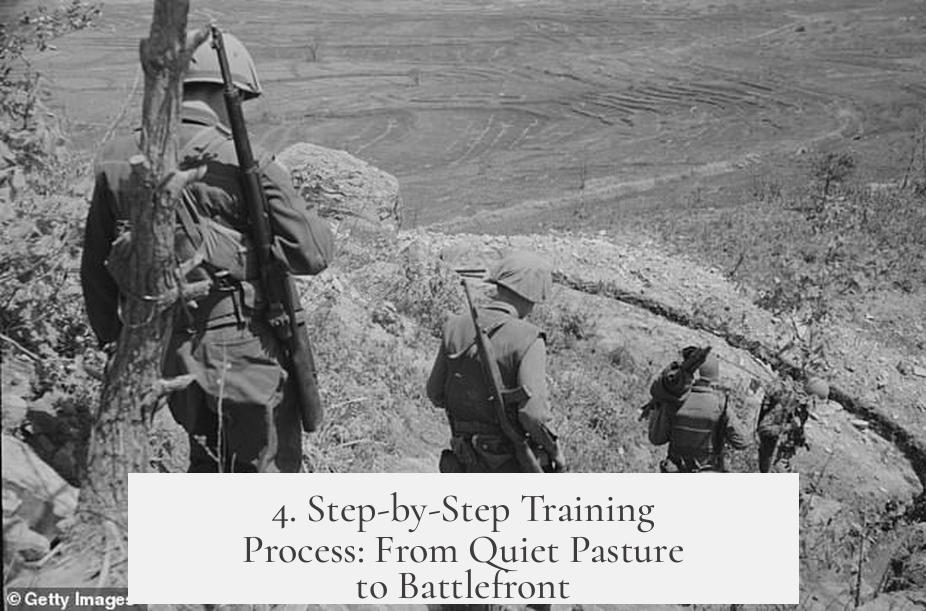
The training sequence is deliberate and carefully paced:
- Early Exposure: Calm familiar handlers hold the horse while unusual noises start softly — banging drums, pots. The horse watches loud swordfights but remains safe.
- Increased Stimulation: Swordfighters move closer and fight in groups, with noisy accompaniments intensifying.
- Gunpowder Era Progression: Explosive sounds start from a distance, gradually approaching, mixed with horses still eating.
- Minder Riding: Finally, the horse’s handler rides it during all this chaos, familiarizing it to the presence and commands under stress.
During the Boer War, horses even responded to signals like bells to start or stop, showing advanced conditioning for battlefield communication.
5. Lessons from History: WWII and Beyond
The German army in WWII emphasized initial breaking and dressage-style mastery. According to Annegrete Schwenck’s memoirs, young horses spent extended periods riding to build stamina and balance before sudden loud noises — like carbine shots fired overhead — tested their composure. Interestingly, the horses adapted quicker than some riders!
Earlier, WWI cavalry trained horses using ‘Thunder Run’ drills during thunderstorms to acclimate to cannon fire and gunshots—a tough environment made safer through conditioning.
6. Breaking In vs. Modern Gentle Methods
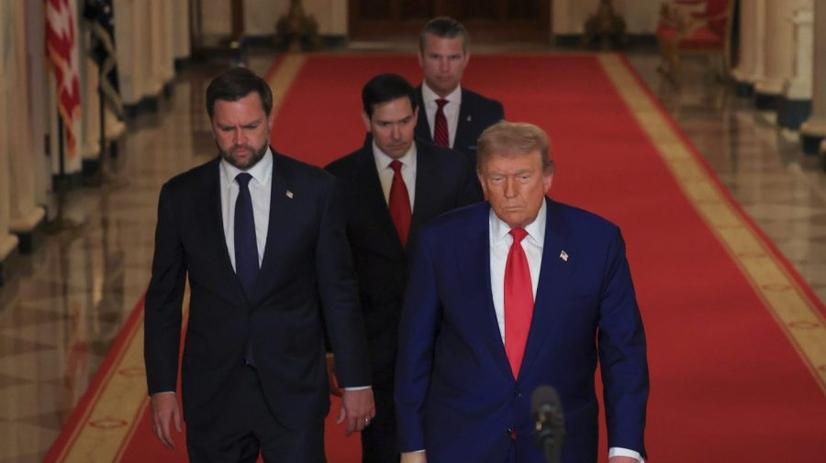
“Breaking a horse in” once meant forcing submission by overwhelming pressure until the animal shuts down and complies. Today, enthusiasts prefer “bomb-proofing”: slow, stress-free introductions built on growing confidence over 6–8 weeks. It’s about making training as boring and unexiting as watching paint dry—no sudden shocks.
These modern methods reduce fear, build trust, and nurture willing athletes rather than broken spirits.
7. Specialized Training for Battlefield Skills
Warhorses were more than moving seats. Some medieval cavalry trained their steeds to trample enemies deliberately. Others taught horses to lay down and rise on command—useful for stealth or recovery. Plains Indians trained horses in a behavior called “buffalo wash” where horses lay low in grass to avoid enemy sight.
Training also included exposure to intimidating animals like elephants or camels, broadening horses’ experiences and reducing reaction panic to unexpected sights.
8. Why Breed Matters: Hot, Cold, and Warmbloods
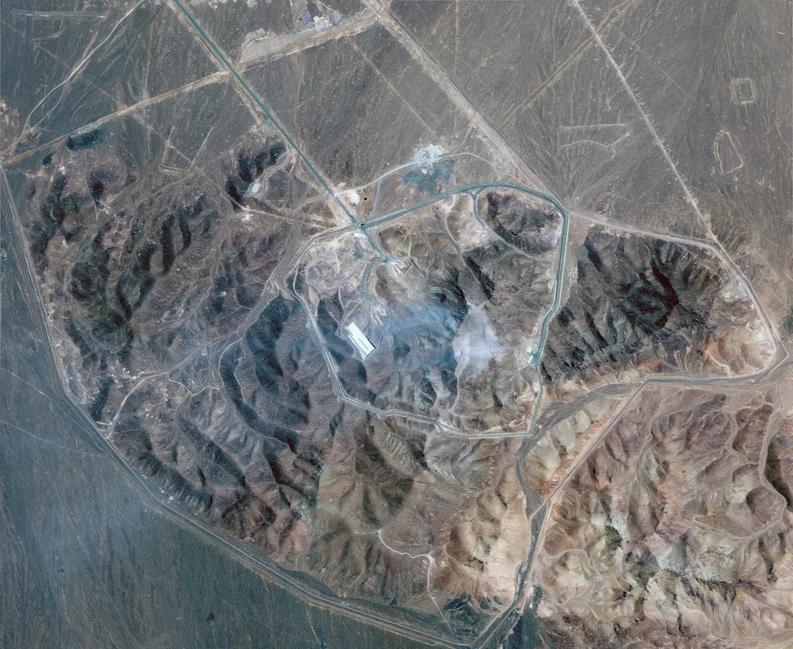
Not all horses are cut out for war. Breeds fall into “hot” types—quick, sensitive, and skittish (think thoroughbreds and Arabians)—and “cold” types—slow, calm, and strong (like Clydesdales). Warhorses needed a balance: endurance from hot breeds combined with steadiness from cold.
“Warmbloods” emerged as ideal war mounts, blending speed, power, and temperament. Sporting events like three-day eventing mirror warhorse traits: dressage for control, cross-country for stamina, and jumping for agility.
9. Old School Wisdom: Ancient Manuals and Modern Reenactments
The oldest known horse training manual dates back to the 14th century BCE Hittite writings by Kikkuli, offering detailed conditioning regimes. Ancient Greek texts also covered horsemanship for warfare.
Modern enthusiasts and historians on channels like Modern History TV recreate and explore these techniques in action, proving the timeless connection between cavalry combat and dressage.
10. War Horses vs. Police & Performance Horses
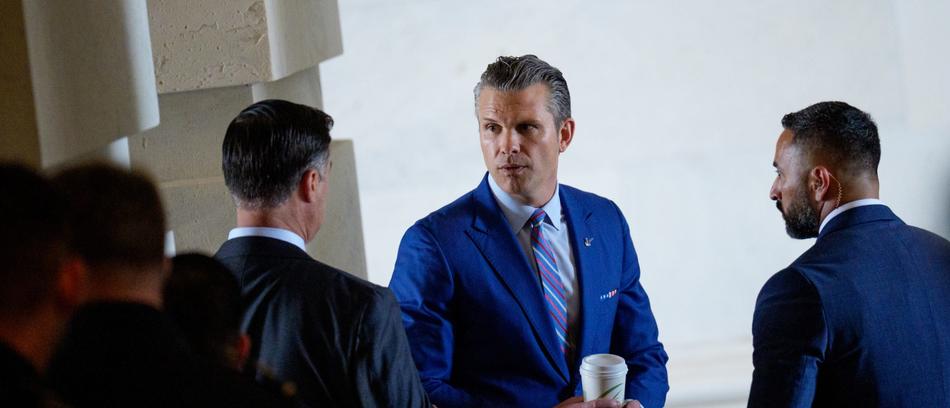
Interestingly, police horses today undergo a training style echoing war horse methods: gradual exposure to sirens, crowds, and sudden noises builds resilience. Techniques called “bomb-proofing” make horses unflappable in stressful environments, much like battlefield preparation but for urban patrol.
Performance horses similarly benefit from precise control and desensitization, allowing them to perform under bright lights with loud audiences without panic.
Final Thoughts: What Can We Learn From War Horse Training Today?
The legacy of war horse training underlines a universal truth in horsemanship: trust and steady exposure create reliability far better than force or fear. Whether prepping a horse for battle, parade, police duty, or sport, patience and relationship reign supreme.
Would you put your life on the line with a broken but compliant mount, or with one bred and trained to meet chaos head on and stay calm? The answer shaped history and still influences training methods worldwide.
Next time you watch a horse perform a perfect dressage pirouette or see a calm police horse in riot gear, remember: centuries ago, this level of discipline kept armies alive on the battlefield.
Quick Recap:
- Trust-building: Horses become partners, not prisoners.
- Desensitization: Gradual exposure to chaos reduces fear.
- Maneuverability: Mastery of precise movements through pressure and control.
- Battle skills: Trampling, laying down on command, and dealing with various animals.
- Breed selection: Warmbloods combined speed, strength, and temperament.
- Evolving training: From harsh “breaking in” to patient, confidence-building approaches.
Curious about the gritty details? Check out this Modern History TV video for a vivid, hands-on lesson in medieval warhorse training techniques.
Whether mounted on the charging front line or standing stoic in modern police duty, the art of training war horses teaches us timeless lessons in patience, trust, and resilience.
How did trainers build trust with war horses?
Trainers communicated with horses on their level, making them feel part of the herd. Horses looked to their handlers for comfort and guidance, which helped build trust crucial for effective training and reliable performance in combat.
What methods were used to desensitize horses to battlefield noises?
Horses were exposed gradually to loud and sudden noises like swordfights, gunfire, and cannon blasts. Trainers paired these sounds with positive experiences, such as feeding, to help horses remain calm during chaos.
How did early exposure to weapons and armor help war horses?
Horses were slowly introduced to objects like chainmail or moving swords. This controlled exposure helped them accept weapons around them, reducing fear and improving their tolerance to battle conditions.
What role did physical conditioning and maneuverability play in war horse training?
Training focused on teaching horses to respond to light pressure with smooth movements. This improved balance and agility, allowing horses to maneuver effectively during combat situations.
How were young horses trained using older, experienced animals?
Young horses learned by observing older horses performing tasks calmly. Being around trained horses and seeing grooming or riding helped young horses adjust faster and gain confidence.
